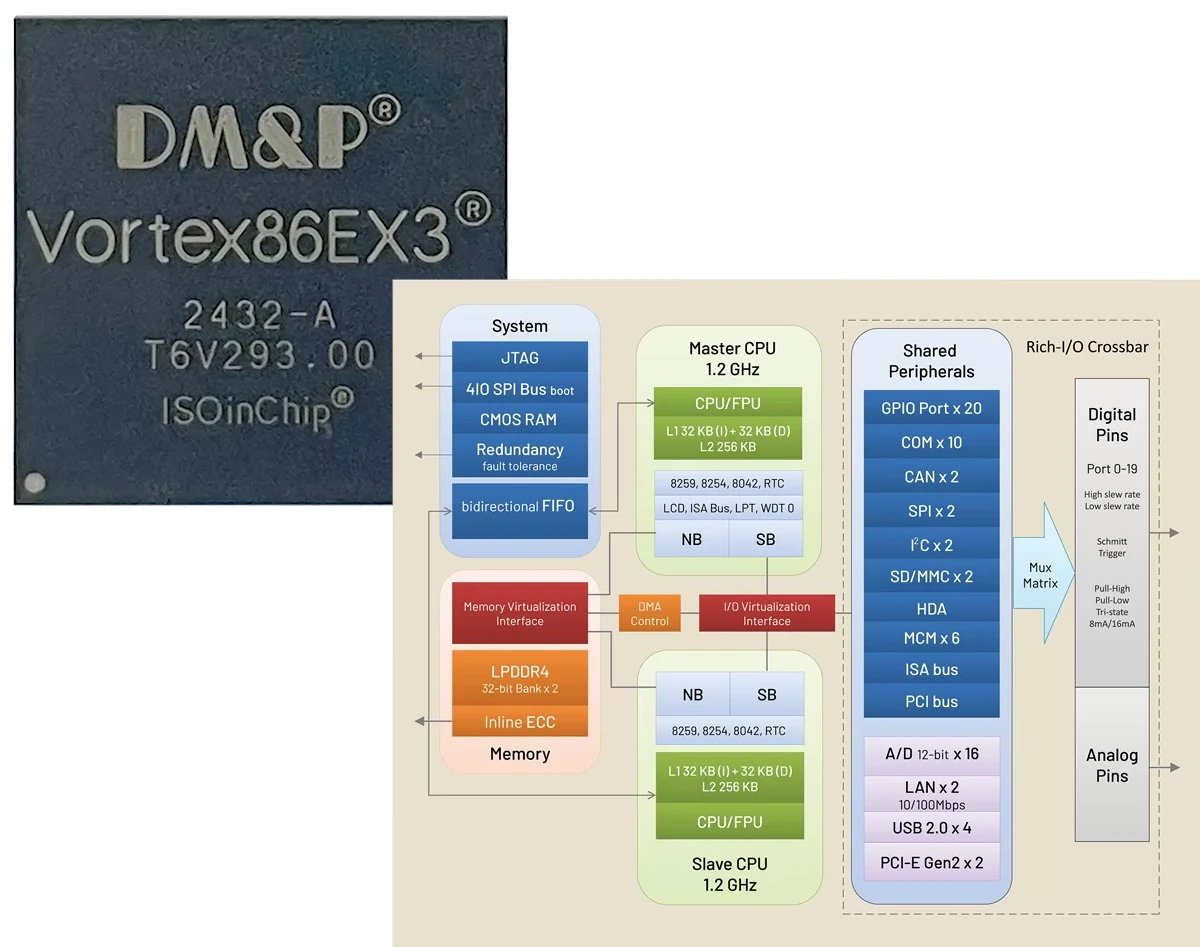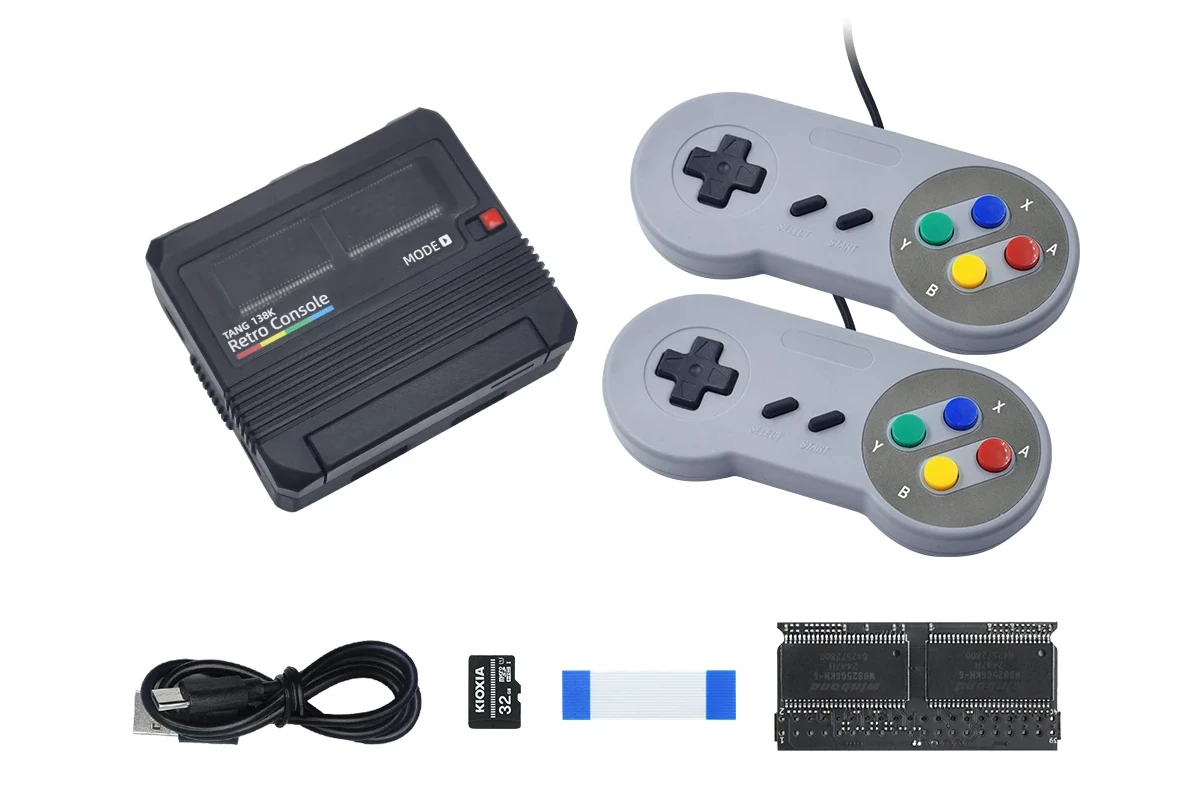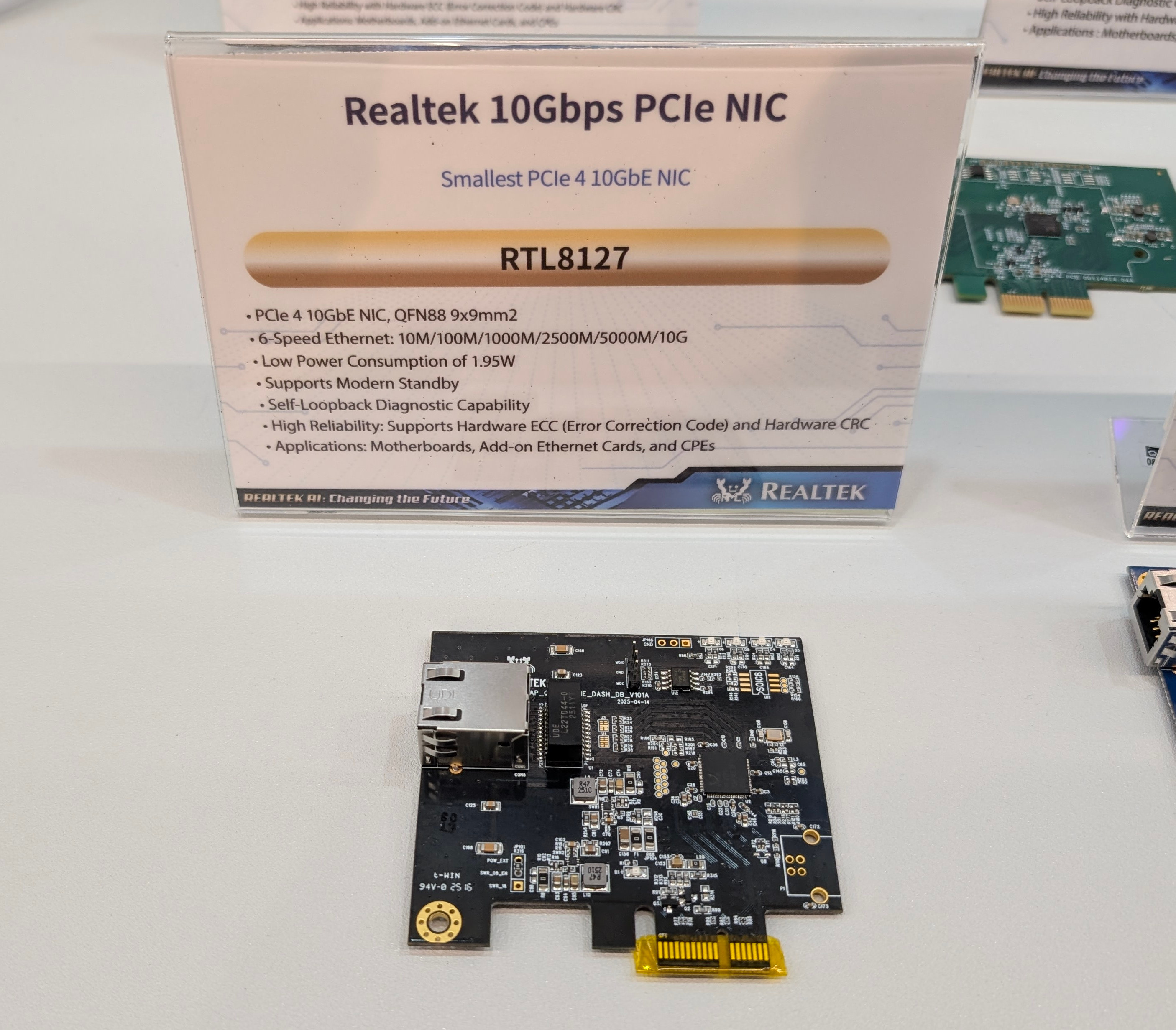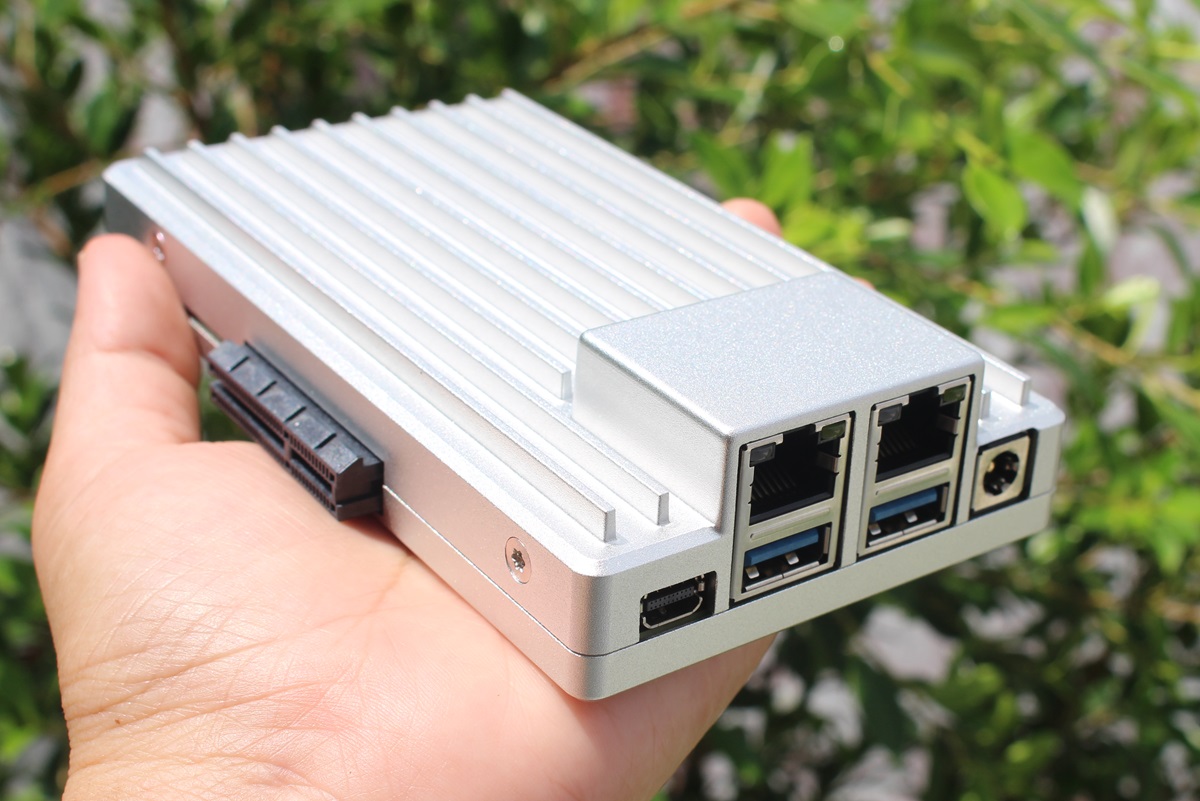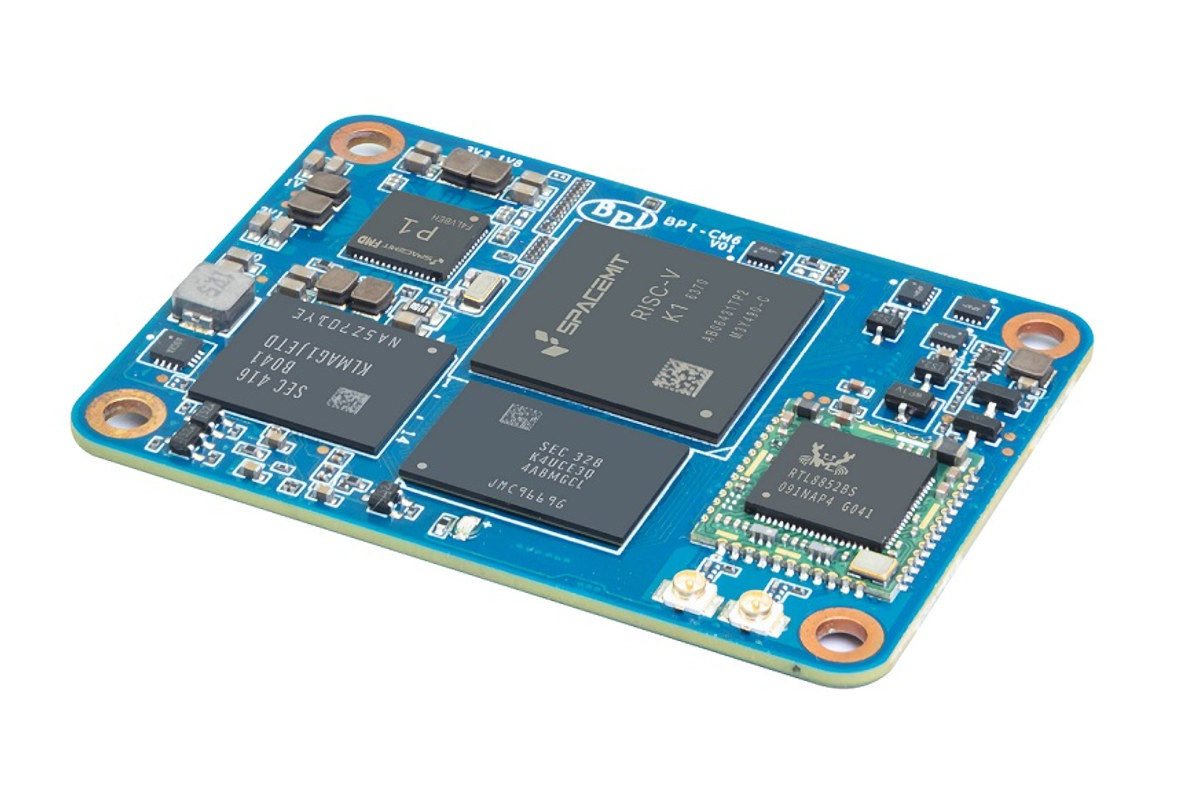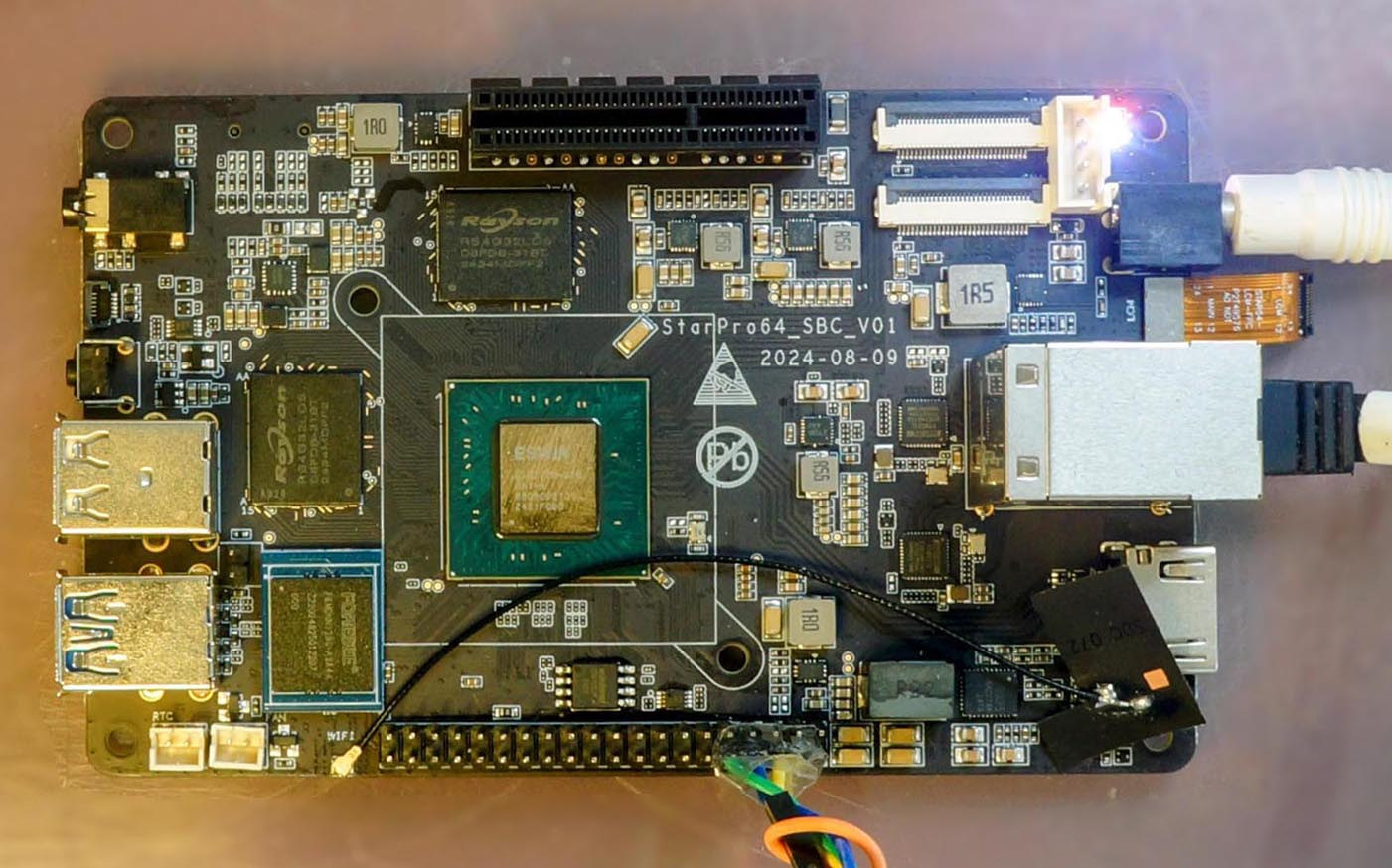The PCIe 7.0 specification has been released, offering a data rate of up to 128GT/s, or a bi-directional transfer rate of 512GB/s in x16 configuration. This doubles the speed of PCIe 6.0 specification released in 2022, reaching up to 64GT/s data rate, or 256GB/s bi-directional transfer rates. PCI-SIG says the PCIe 7.0 specification targets data-intensive applications such as AI/ML, 800 Gbps Ethernet, cloud, and Quantum computing. Work on PCIe 8.0 has started, likely aiming for 256GT/s and a 2028 release date. Like PCIe 6.0, PCIe 7.0 utilizes PAM4 (Pulse Amplitude Modulation with 4 levels) signaling and Flit-based encoding. It also provides improved power efficiency and maintains backwards compatibility with previous generations of PCIe technology. New specifications are released regularly, and since the introduction of PCI in 1992 with a 013GB/s data rate, the PCI/PCIe bandwidth has roughly doubled every three years, as illustrated in the chart below. Although it typically […]
Vortex86EX3 Twin Core x86 processor targets legacy industrial applications running Windows, Linux, DOS, WinCE, QNX…
D&MP Vortex86EX3 is a Twin Core x86 SoC for industrial applications with a master CPU and a Slave CPU, each capable of running an operating system independently, be it Windows 10 IoT, Linux, legacy OS like WinCE or DOS, or an RTOS like QNX. Like its predecessors, such as the DM&P Vortex86EX2 or Vortex86DX3, the Vortex86EX3 – also written Vortex86 EX3 – supports older PCI and ISA interfaces, as well as more recent interfaces such as PCIe, and the usual serial, CAN Bus, and GPIO found in this type of processor. The Vortex86EX3 is the most powerful x86 SoC from the company so far, with two cores clocked at up to 1.2 GHz to 1.6 GHz. The comparison table below lists the specifications and main features of the Vortex86DX3 (2015), Vortex86EX2 (2019), and the new Vortex86EX3. The Vortex86EX3 is not listed on the Vortex86.com website yet, and instead, I found […]
Sipeed Tang Console – A GOWIN GW5AST/GW5AT board with 60K or 138K LUT for FPGA development and retro gaming
Sipeed Tang Console is an FPGA development based on GOWIN GW5AST SoC FPGA with 138K LUTs and a hard RISC-V core or GW5AT FPGA with 60K LUTs, designed as a generic FPGA development and retro gaming platform. The Tange Console offers HDMI and RGB LCD display connectors, two USB ports for joystick or other peripherals, and plenty of expansion options with two 40-pin headers for SDRAM, GBA, and custom expansion, two PMOD connectors for joysticks or custom modules, and a 16-pin Raspberry Pi PCIe FFC connector. The “Tang Console” is also integrated into the “Tang Retro Console” as a complete gaming console kit with enclosure, joysticks, and accessories. Sipeed Tang Console specifications: SoM(one or the other) Sipeed Tang Mega 138K SoC FPGA – GOWIN GW5AST-LV138FPG484A with 138,240 LUT4 1,080 Kb Shadow SRAM (SSRAM) 6,120 Kb Block SRAM (BSRAM) Number of BSRAM – 340 298x DSP slices 12x PLLs 16x global […]
Realtek RTL8127, RTL8159, and RTL8261C will power low-cost, efficient 10 Gbps Ethernet cards, USB adapters, and switches
Realtek showcased RTL8126, RTL8157, and RTL8251B 5 Gbps Ethernet solutions at Computex 2023, and the first Realtek RTL8126 5 Gbps Ethernet PCIe and M.2 adapters were introduced in 2024, shortly followed by RTL8157 5GbE USB 3.2 adapters. The company has now unveiled upgraded solutions for 10 Gbps Ethernet networking at Computex 2025 with the RTL8127 10GbE PCIe controller and variants, the RTL8159 10GbE USB 3.2 Gen 2×2 controller, and the RTL8261C PHY for 10GbE switches. Realtek RTL8127 10GbE PCIe NIC Realtek RTL8127 specifications: Ethernet – 10Mps, 100Mps, 1000Mps, 2500Mps, 5000Mps, and 10Gbps Host interface – PCIe Gen4 Features Modern standby Self loopback diagnostic Hardware ECC and CRC Power consumption – 1.95 Watts Package – 9×9 mm QFN88 The Realtek RTL8127 will be found in PCIe and M.2 cards, or directly soldered on motherboards or CPEs. The good news is the low power consumption, which should make cooling easier and cheaper […]
ZimaBoard 2 micro server review – Part 1: Unboxing, teardown, and ZimaOS interface
We’ve just received a review sample of the ZimaBoard 2 micro server and mini PC powered by an Intel Processor N150 “Twin Lake” CPU. The system features two 2.5 Gbps Ethernet ports, two SATA III ports, two USB 3.1 ports, and a miniDP video port supporting 4K resolution. IceWhale Technology provided us with the ZimaBoard 2 model 832 prototype with 8GB RAM and 32GB eMMC flash preloaded with the ZimaOS operating system for review. In this article, we will unbox the device and its accessories, perform a teardown, and boot the micro server with the pre-installed ZimaOS and check the web dashboard. In the second part of the review, we will test ZimaOS in more detail, run some benchmarks since it’s our first Twin Lake mini PC, install an Ubuntu virtual machine, test the SATA ports and PCIe 3.0 x4 slot, and more. ZimaBoard 2 unboxing We received a package […]
Banana Pi BPI-CM6 is an octa-core RISC-V system-on-module compatible with Raspberry Pi CM5 carrier boards
Banana Pi BPI-CM6 is a SpacemIT K1 octa-core RISC-V system-on-module that follows the design of the Raspberry Pi CM5, and offers up to 16GB LPDDR4 RAM, up to 128GB eMMC flash, a gigabit Ethernet controller, and a WiFi 6 + Bluetooth 5.2 module. While it remains (mostly) compatible with the Raspberry Pi CM5, the BPI-CM6 exposes some additional I/Os from the K1 SoC through an additional 100-pin B2B connector. The company also offers a credit card-sized carrier board for the RISC-V SoM with HDMI, dual GbE, two M.2 PCIe x2 sockets, a few USB ports, and more. Banana Pi BPI-CM6 specifications: SoC – SpacemIT K1 CPU – 8-core X60 RISC-V processor @ 1.6 GHz GPU – Imagination IMG BXE-2-32 @ 819 MHz with support for OpenGL ES3.2, Vulkan 1.3, OpenCL 3.0; 20 GFLOPS VPU – H.265 and H.264 1080p60 decoding/encoding NPU – None, but the RISC-V cores can deliver up […]
Muse Pi Pro is a feature-packed, credit card-sized SpacemIT M1 RISC-V SBC with HDMI, GbE, 4x USB, M.2 and mPCIe sockets
Muse Pi Pro is a feature-packed, credit card-sized SBC powered by the SpacemIT M1 octa-core 64-bit RISC-V AI SoC with a 2 TOPS NPU and equipped with up to 16GB LPDDR4x and 128GB eMMC flash. The single board computer features gigabit Ethernet and a WiFi 6 + Bluetooth 5.3 module for connectivity, HDMI and MIPI DSI display interfaces, two MIPI CSI interfaces, a 3.5mm audio jack, four USB 3.0 ports, an M.2 socket for an NVMe SSD or wireless module, a mini PCIE socket for WiFi and 4G LTE/5G cellular connector, and a 40-pin GPIO header for expansion. That’s quite a lot of features for such a compact board. Muse Pi Pro specifications: SoC – SpacemiT M1 (similar to SpacemIT K1, but clocked at 1.8 GHz) CPU – 8-core X60 RISC-V processor @ 1.8 GHz GPU – Imagination IMG BXE-2-32 with support for OpenGL ES3.2, Vulkan 1.2, OpenCL 3.0; 20 […]
Pine64 StarPro64 is a RISC-V SBC with ESWin EIC7700X AI SoC, 32 GB LPDDR5
Pine64 StarPro64 is a single board computer (SBC) powered by an ESWin EIC7700X quad-core 64-bit RISC-V SoC with a 19.95 TOPS AI accelerator and equipped with up to 32GB LPDDR5 RAM. It has a similar design to the Star64 SBC powered by a StarFive JH7110 RISC-V SoC, and features HDMI video output, MIPI DSI and CSI display/camera interfaces, two gigabit Ethernet ports, four USB ports, a 40-pin GPIO header, and a PCIe Gen3 x4 slot. The OS can boot from a microSD card or an eMMC flash module. StarPro64 specifications: SoC – ESWIN EIC7700X CPU 4x SiFive Performance P550 RV64GC RISC-V cores @ up to 1.4GHz or 1.8GHz with Cortex-A75-class performance 32KB(I) + 32KB(D) L1 Cache 256KB L2 Cache 4MB shared L3 Cache Cache supports ECC (supports SECDED) NPU – Up to 19.95 TOPS in INT8, 9.975 TOPS in INT16, and 9.975 FTOPS in FP16 Vision Engine HAE (2D Blit, […]



